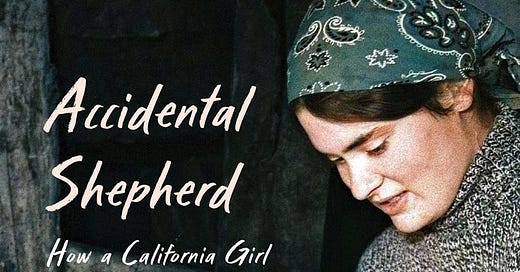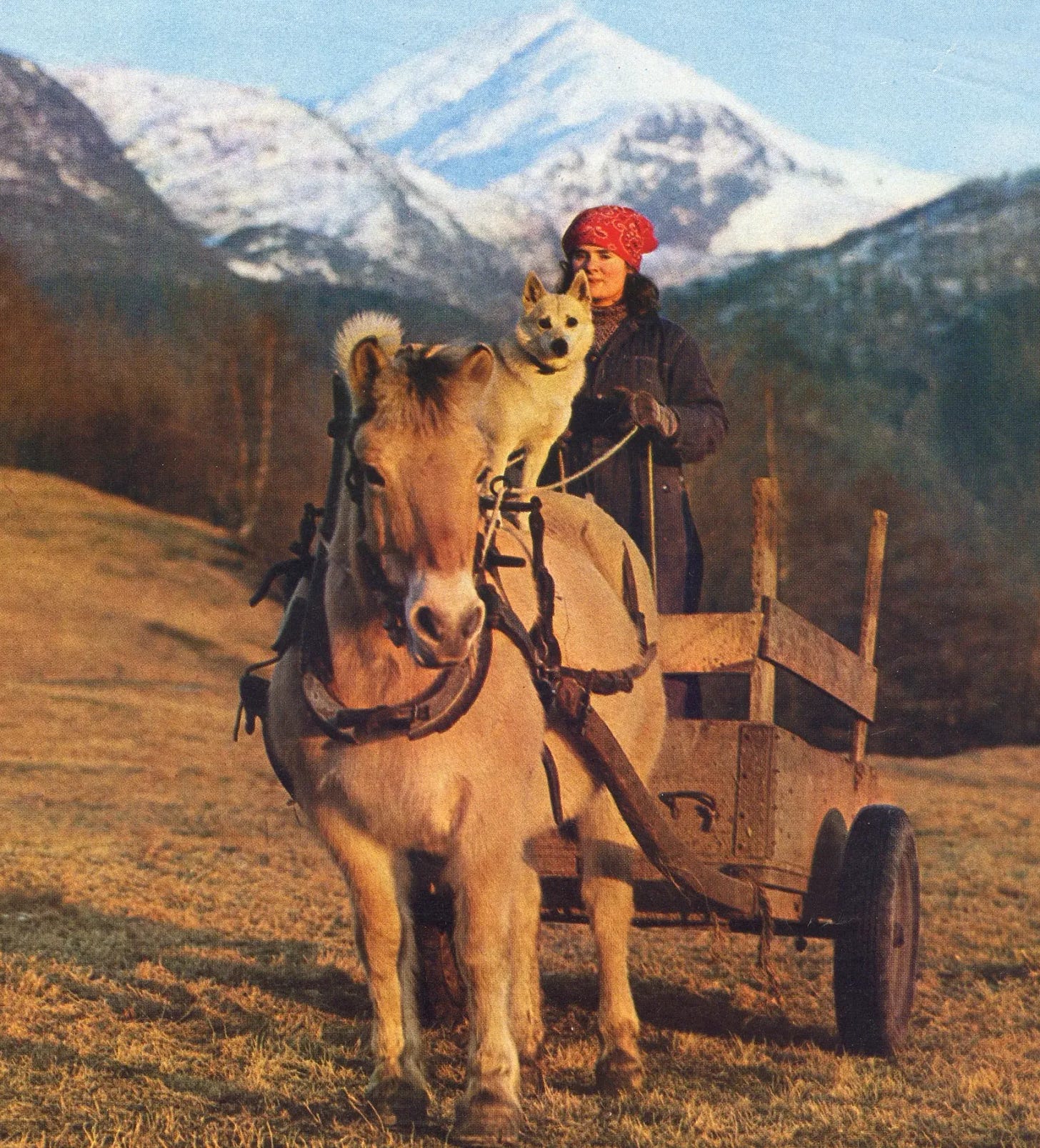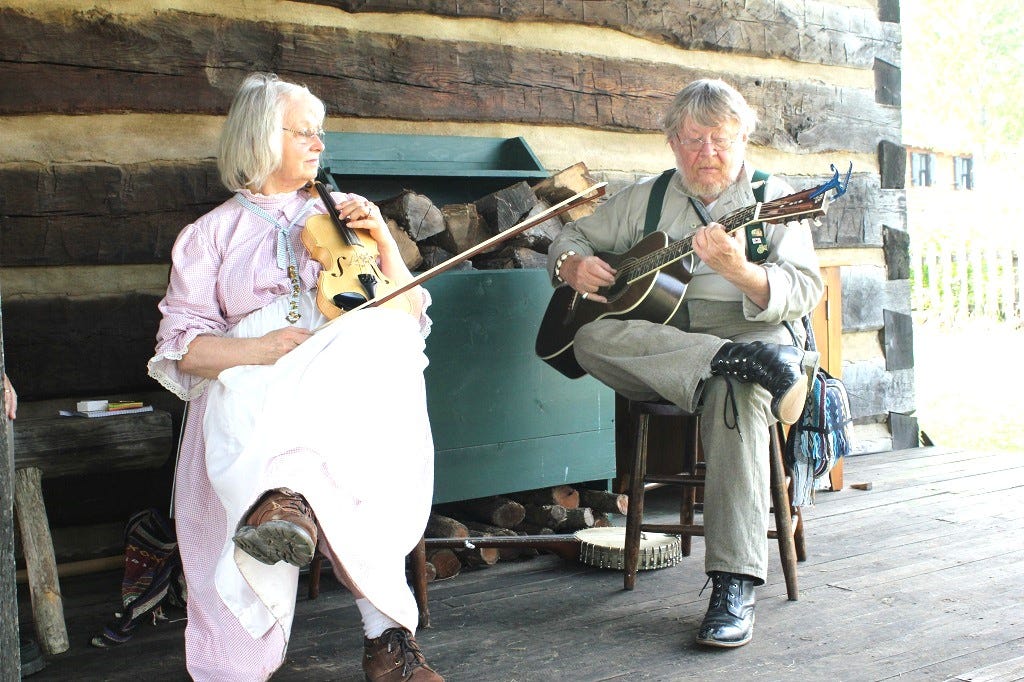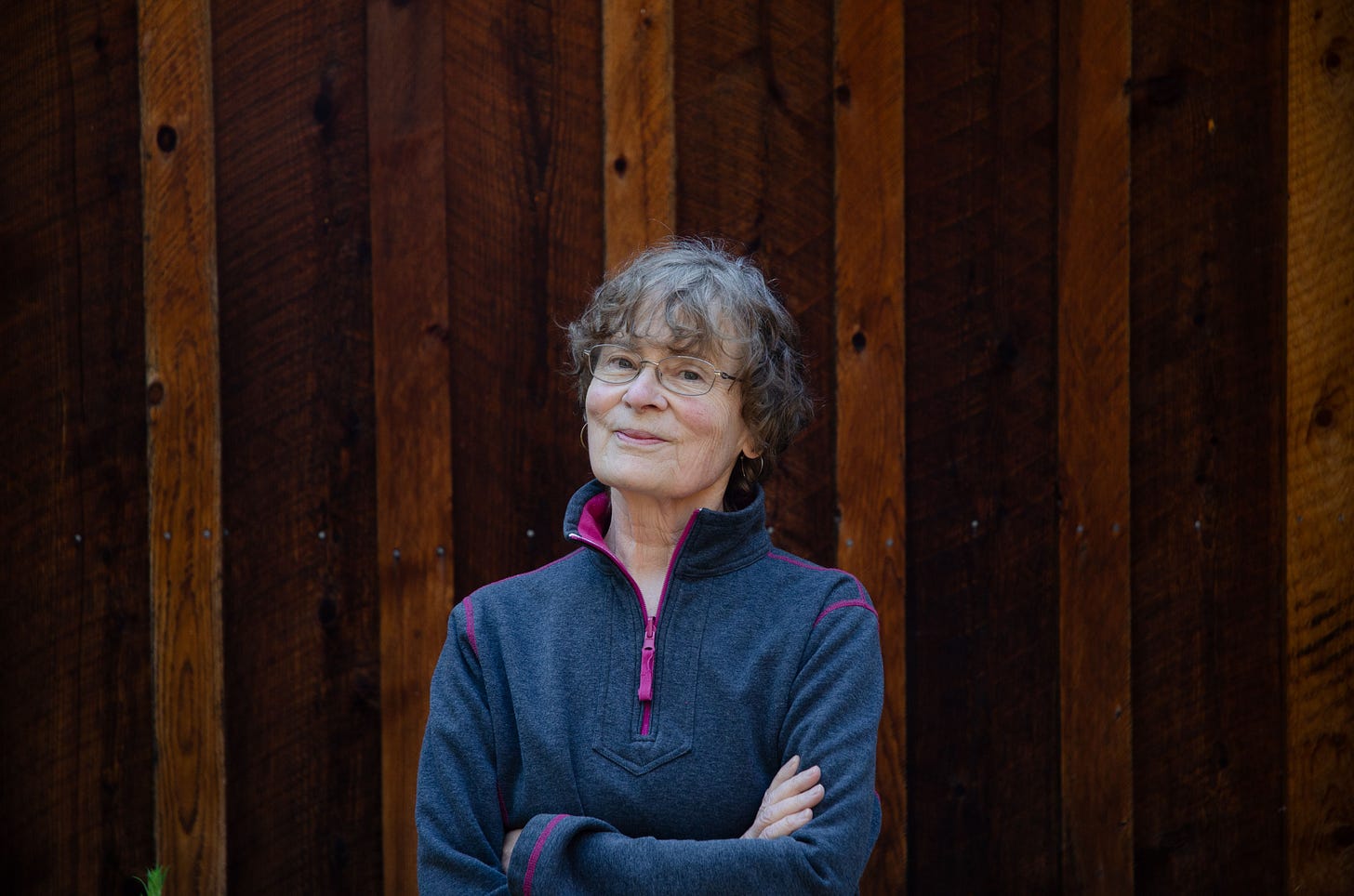Click below to hear the Buggy Land podcast:
Today’s post includes the Buggy Land podcast (Episode #62) including:
— (2:55) An interview with memoirist and science writer Liese Greensfelder discussing her brilliant new book Accidental Shepherd. In 1972 at 20 years old, Greensfelder went to Norway to work on a remote sheep farm. She arrived to find the owner, a bachelor farmer, hospitalized with a stroke. What was to be a month’s internship, turned into a year as a solo farmer in a country where she barely knew the language.
—Several tunes by old time musicians Bettie Swarts (fiddle) and Dan Pease (guitar) recorded in the AgArts studios, including Scandinavian Schottische (19:28) and Dubuque (44:07).
—Mary Swander delivering her monologue from Buggy Land called 150 Pairs of Boots. Catch the floating barn in the left-hand lane.
Here’s an excerpt from Mary Swander’s podcast interview with Liese Greensfelder about her book Accidental Shepherd (University of Minnesota Press.)
Mary Swander: We're going back to 1972 . You were just 20 years, a California girl. You found yourself on a small farm in Norway in the most extraordinary circumstances.
Liese Greeensfelder: I wanted to find a farm someplace outside of the United States to work on because my long-term goal was to become an agricultural advisor to developing nations. I had wanted to do that since I was 16 years old. It took me forever to find such an opportunity. We didn't have internet in those days, but I searched and searched, and finally I found this little program that found work for people on Norwegian farms. I would live and work as a member of a Norwegian family from 4 to 12 weeks. I got some papers back with very little information about the farm. The farmer was a bachelor with a bunch of sheep. That was about it. They said there was no indoor toilet but I could handle that.
I stepped off the bus in this little town on a fjord in western Norway, one of the most marvelous fjords in the world, where everyone spoke an old dialect of Norwegian, and I didn’t know what was going on. It took about two hours before I realized something was really wrong. My farmer had just had a stroke and he was out of it in the hospital. Two days later, I was dropped off on a farm to take care of 100 sheep and look after a draft horse and a Norwegian herding dog, a little lamb and a little calf.
Swander: You were on the Hardanger fjord, were you not? I’d love for you to describe the setting more.
Greensfelder: It’s a narrow or broad fjord, depending on where you are. The mountains rise up on either side of it. When I stepped off the bus, it was overcast, but I could just see across the fjord to this row of mountains covered in snow. It was May 18. The town was small. There were actually hay fields between buildings. On the bus, we’d gone over the top of the central plateau, and everything was covered in snow, just black and white. Way up North it was almost light all night long. It was the most beautiful place in the world I’d ever been.
Swander: And the farm itself?
Greensfelder: Oh, Mary.
A man and a woman— I didn't really know what their relationship was to the farmer— took me in and they said, “Do you want to go see the farm?” They drove me three miles up a road, winding through forests and then through the fields, and then a few small farms. You could start seeing the mountains in the background and we got to a little knoll and they stopped and said, “Here are the three farms of Hovland. “
I looked ahead and it was just the most beautiful site in the world. Three beautiful farms with sheep scattered over the greening fields. They were still not that green, And these big white mountains rising up behind them. The farm that I was going to, was the final farm, the last one on the road. The road stopped there. Just beyond it were trails going up into the mountains from that farm.
Swander: So, you were put in charge of everything on the farm. The first day, never having milked a cow, you went out to milk.
Greensfelder: A neighbor in her fifties just appeared and said, “I’m going to show you how to take care of the animals.”
She had been taking care of them while the farmer was in the hospital. She was a skilled milkmaid. She’d been milking cows all of her life. She showed me how to lean the cow’s udder, to sit down beside her, and grab onto two tits, one tit in each hand, and milk. Okay, I thought, this looks easy.
And she just shouted, “ Stop! You don’t pull. You have to have this wave motion. Take the index finger first and wave down to the little finger.”
“Oh, okay.” Meanwhile, the cow’s udder had shriveled up again. You had to control her letting her milk down. Nursing mothers know what that means.
Finally I got three or four little squeezes of milk, and all of a sudden out of nowhere, the cow kicked my knee, and the bucket up into the air.
And that was my initiation into farm chores.
Bio:
With a B.S. and M.S. in plant sciences, and a master’s certificate in science communication, Liese Greensfelder has worked as a county farm advisor, spearheaded an agricultural development project in the Guatemalan highlands, and has written hundreds of articles about recent research in science, engineering and medicine, both as a freelancer and as a writer in the news offices of three University of California campuses. In 2011, she co-edited and contributed articles to The Nature of This Place: Investigations and Adventures in the Yuba Watershed.
Greensfelder and her husband live off-grid in a 5-household cooperative in the Sierra Nevada foothills.
Mary Swander’s Buggy Land is thrilled to be a member of the Iowa Writers Collaborative. Read and support our work here:










Thank you for introducing us to Liese and sharing her story with us. I loved the journey, the stories, and the grit of this incredible young woman. Well done, Mary, well done!
Wonderful stories, Mary! Thank you for entertaining me on this rainy winter morning in Georgia.